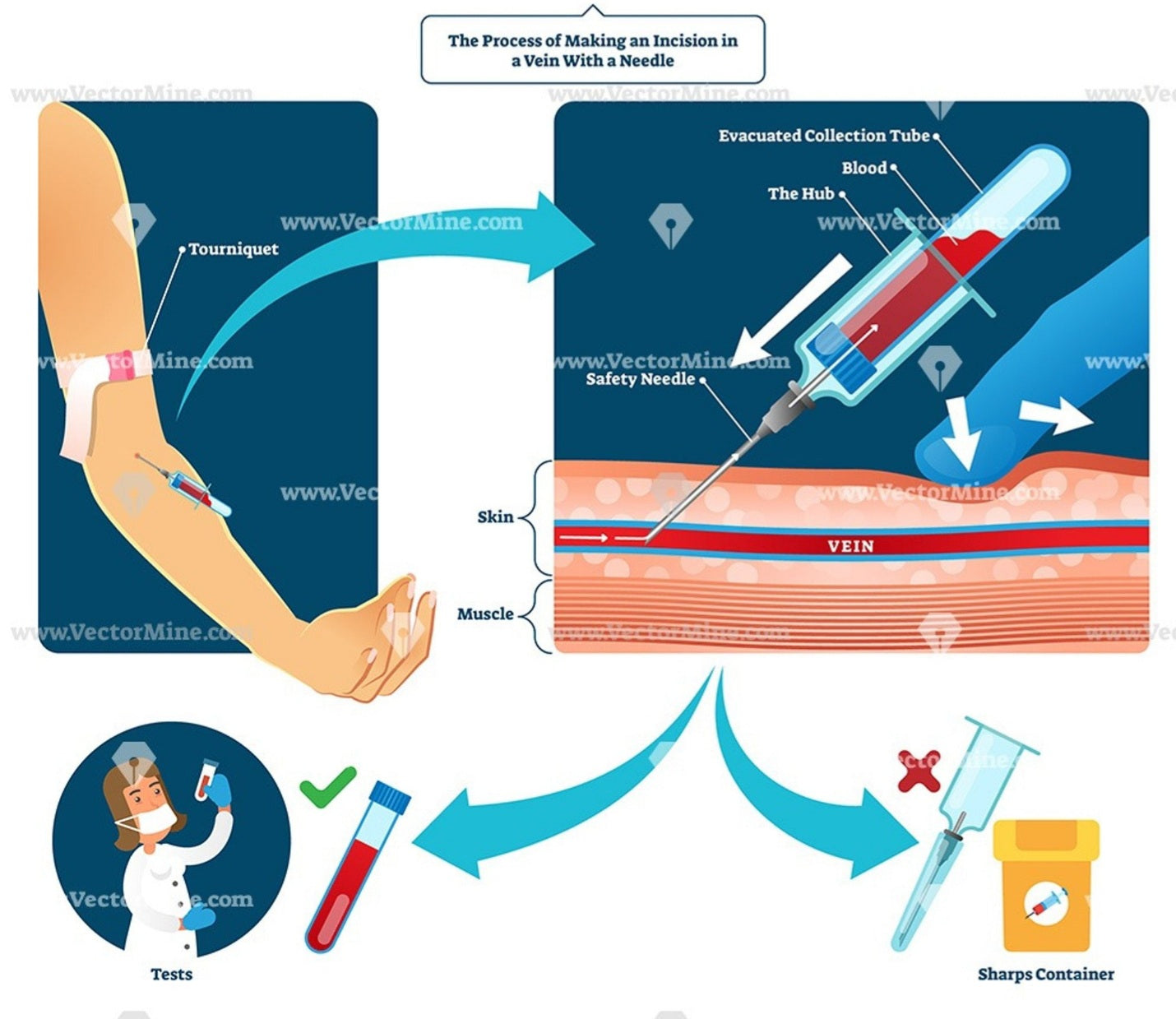How Northeast Medical Institute - New Haven Campus Phlebotomy Course & Cna Class can Save You Time, Stress, and Money.
How Northeast Medical Institute - New Haven Campus Phlebotomy Course & Cna Class can Save You Time, Stress, and Money.
Blog Article
Little Known Questions About Northeast Medical Institute - New Haven Campus Phlebotomy Course & Cna Class.
Table of ContentsThe 15-Second Trick For Northeast Medical Institute - New Haven Campus Phlebotomy Course & Cna ClassThe Ultimate Guide To Northeast Medical Institute - New Haven Campus Phlebotomy Course & Cna ClassSee This Report on Northeast Medical Institute - New Haven Campus Phlebotomy Course & Cna ClassHow Northeast Medical Institute - New Haven Campus Phlebotomy Course & Cna Class can Save You Time, Stress, and Money.Northeast Medical Institute - New Haven Campus Phlebotomy Course & Cna Class Fundamentals ExplainedThe Greatest Guide To Northeast Medical Institute - New Haven Campus Phlebotomy Course & Cna Class
However, using such gadgets ought to be gone along with by other infection prevention and control practices, and training in their use. Not all safety and security tools are suitable to phlebotomy. Before choosing a safety-engineered tool, individuals ought to thoroughly check out readily available tools to establish their ideal use, compatibility with existing phlebotomy methods, and effectiveness in safeguarding staff and patients (12, 33).For setups with low sources, cost is a motoring factor in procurement of safety-engineered tools. Where safety-engineered devices are not readily available, skilled usage of a needle and syringe is acceptable.
labelling); transport problems; interpretation of results for scientific administration. In an outpatient division or facility, give a devoted phlebotomy workstation containing: a tidy surface area with 2 chairs (one for the phlebotomist and the various other for the client); a hand laundry container with soap, running water and paper towels; alcohol hand rub. In the blood-sampling room for an outpatient division or center, give a comfy reclining couch with an arm rest.
The Buzz on Northeast Medical Institute - New Haven Campus Phlebotomy Course & Cna Class
Make certain that the indications for blood sampling are plainly specified, either in a composed protocol or in documented directions (e.g. in a research laboratory type). Gather all the tools needed for the procedure and place it within safe and very easy reach on a tray or trolley, guaranteeing that all the items are plainly noticeable.
Present yourself to the patient, and ask the individual to state their full name. Examine that the laboratory form matches the individual's identification (i.e. match the individual's information with the research laboratory kind, to make certain exact recognition).
Make the patient comfy in a supine setting (ideally). Location a clean paper or towel under the client's arm. Review the test to be executed (see Annex F) and obtain verbal authorization. The client has a right to reject a test any time before the blood sampling, so it is essential to make sure that the person has recognized the treatment.
Northeast Medical Institute - New Haven Campus Phlebotomy Course & Cna Class Things To Know Before You Get This
Expand the person's arm and inspect the antecubital fossa or lower arm. Situate a vein of a good size that shows up, straight and clear. The layout in Area 2.3, reveals usual placements of the vessels, yet several variants are possible. The average cubital vein lies in between muscle mass and is normally the most very easy to pierce.
DO NOT put the needle where blood vessels are drawing away, because this enhances the chance of a haematoma. The capillary must be noticeable without applying the tourniquet. Finding the blood vessel will certainly help in establishing the right size of needle. Use the tourniquet concerning 45 finger widths above the venepuncture website and re-examine the blood vessel.
Specimens from main lines bring a risk of contamination or erroneous lab test outcomes. It is acceptable, but not excellent, to draw blood samplings when first introducing an in-dwelling venous device, prior to linking the cannula to the intravenous fluids.
The Ultimate Guide To Northeast Medical Institute - New Haven Campus Phlebotomy Course & Cna Class
Failure to allow enough get in touch with time enhances the danger of contamination. DO NOT touch the cleaned up website; in certain, DO NOT place a finger over the vein to direct the shaft of the revealed needle.
Ask the person to create a clenched fist so the blood vessels are a lot more popular. Enter the blood vessel promptly at a 30 degree angle or less, and continue to introduce the needle along the capillary at the simplest angle of entrance - CNA Classes. When adequate blood has been gathered, launch the tourniquet prior to taking out the needle
Indicators on Northeast Medical Institute - New Haven Campus Phlebotomy Course & Cna Class You Need To Know
Take out check this the needle delicately and apply mild stress to the site with a clean gauze or completely dry cotton-wool sphere. Ask the individual to hold the gauze or cotton wool in position, with the arm prolonged and raised. Ask the individual NOT to bend the arm, because doing so triggers a haematoma.

Not known Incorrect Statements About Northeast Medical Institute - New Haven Campus Phlebotomy Course & Cna Class
Do not push the syringe bettor since added pressure increases the danger of haemolysis. Where feasible, maintain the tubes in a rack and move the shelf towards you. Infuse downwards into the appropriate coloured stopper. DO NOT eliminate the stopper since it will certainly release the vacuum cleaner. If the example tube does not have a rubber stopper, inject incredibly gradually right into the tube as reducing the pressure and velocity made use of to transfer the specimen lowers the threat of haemolysis.

Report this page